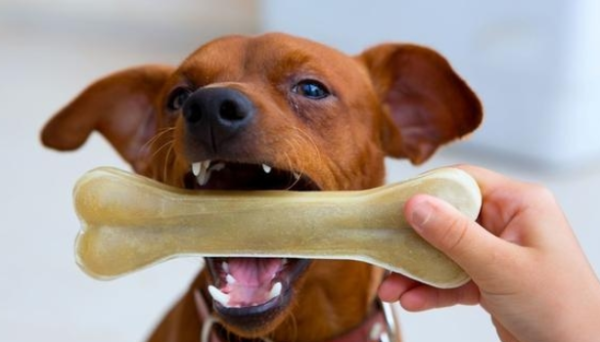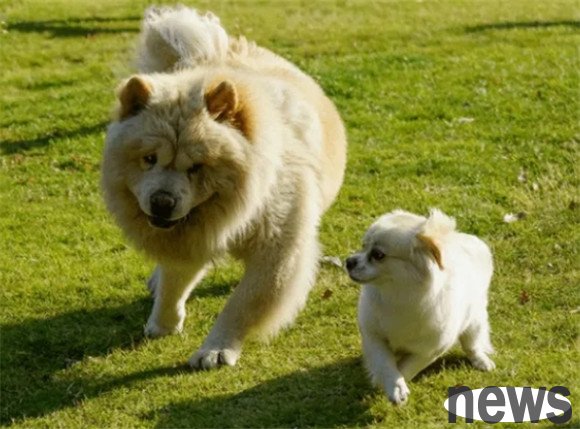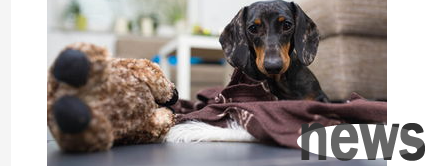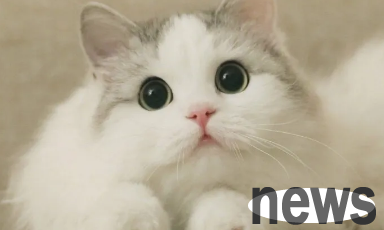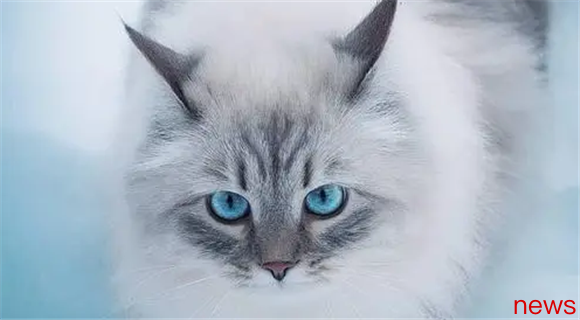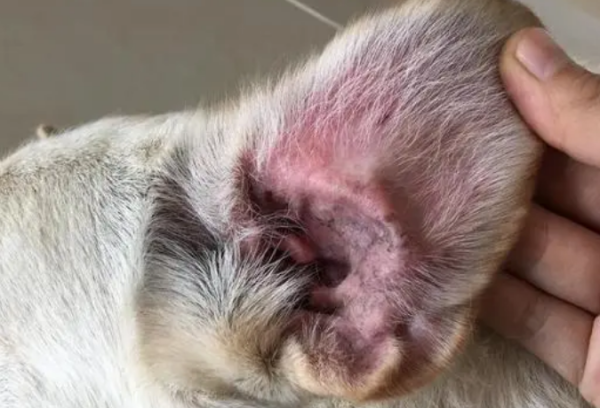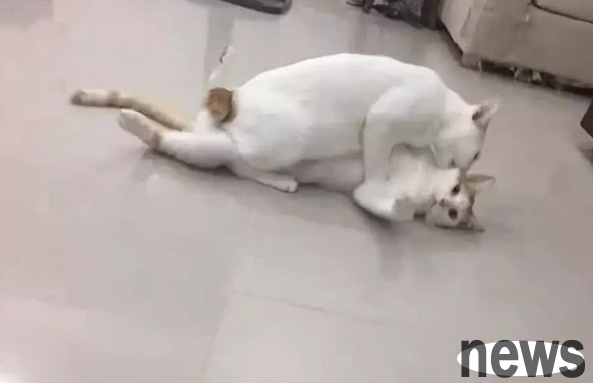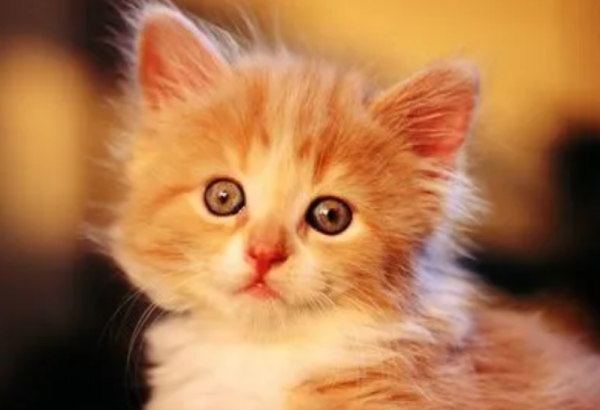Why cats are more likely to have urinary diseases? What are the symptoms of cats having urinary diseases?
1. Why cats are more likely to have urinary diseases
1. Cats' ancestors come from the desert. Cats' ancestors live in desert areas, so cats are born with strong drought resistance. In order to resist drought, cats' sweat glands are extremely underdeveloped, and heat dissipation mainly comes from the meat pads on the soles of their feet. Even in the summer, we can't see cats sweating profusely.
Cats have reached an extreme point in their utilization of moisture. Cats have a special ability. Their kidneys will filter the water heavily. In the end, only a small part of the water will turn into urine, which leads to the cat's urine, high concentration, and dark color. This is also one of the reasons why cat urine smells very bad.
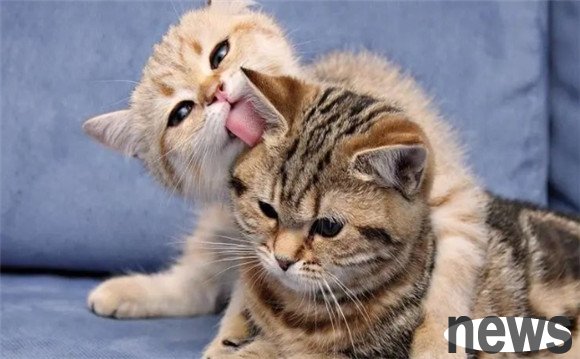
There are ammonium phosphate and calcium oxalate in cat urine. Because cat urine is high, these components begin to precipitate and form crystals during the bladder. Moreover, the cat urinates few times, and these precipitated crystals cannot be excreted in time, and finally deposit in the bladder and urethra, forming stones.
2. Male cats are more likely to have urinary diseases
The urethra of male cats is small and narrow, while the urethra of female cats is wider and shorter than that of male cats.
When there are tiny stones in the bladder of a male cat, or inflammation and peeling tissue or emboli, it is easy to accumulate in the urethra to form blockage.
Erosity is also one of the reasons why male cats are prone to urinary diseases. Unspasted male cats will develop estrus when they are about 6-8 months old. If they cannot be resolved in time, it will increase the chance of urinary diseases.
Of course, female cats are also prone to urinary diseases, but the probability is relatively small compared to male cats. The main reason is that cat species does not like to drink water.
3. The incidence of higher incidence in winter
The probability of cats suffering from urinary diseases is higher in winter than in other seasons. Cats in winter will become less likely to drink water, the number of times they go to the toilet will decrease, the stones in the body cannot be excreted in time, and the chance of bacterial infection will also increase. So in winter, you should pay more attention to whether the cats drink more water.
2. Symptoms of urinary disease in cats.
1. In terms of behavior, cats will be accompanied by some abnormal behaviors when they develop urinary diseases, such as going to the cat litter box very frequently or squatting on the litter box for a long time, but they do not have urine or the amount of urine becomes very small, and the color of the urine will change, and hematuria may even occur, and when urinating, it will also be accompanied by the cat's wail.
2. Mental discomfort will soon lead to emotional changes. The most obvious one is a decrease in appetite, or even a hunger strike; a listless spirit and does not like to move; a beginning to refuse to be touched in the abdomen, or a painful reaction when touched.
3. Real cases
1. The sick cat
Hanyu Pet Clinic in Yuhong District, Shenyang City received a case of cat urinary disease.
The sick cat is a 2-year-old 8-month-old ragdoll cat, not spayed. Because the fur color is grayish-white, the owner named it "Vigarette". Let's call it Xiaobai.
The owner recently found that Xiaobai had basically not urinated, but he frequently went to the cat litter box, and occasionally there was scattered urine, and the owner found red urine in the cat litter box. I vomited once on the morning of my visit.
2. Clinical diagnosis of urinary disease
Visual diagnosis found that Xiaobai's reproductive organs were swollen and could not be retracted into the foreskin, but his spirit was still good. The palpation of the abdomen revealed that the bladder was full and there was abdominal pain.
DR shows: The bladder is full and no obvious stone-like images are seen.
B ultrasound showed that there were a large number of sporadic strong echo images in the bladder, indicating that there were crystals in the bladder.
Blood routinely shows: high leukocytes and mild dehydration.
Renal biochemistry shows that creatinine, urea nitrogen, phosphorus, and blood potassium are all elevated, and there are signs of renal failure.
3. Treatment plan
Sedation, catheterization, indwelling catheters, urinary bags, intravenous nutrition, antibacterial and anti-inflammatory, adjust electrolytes, inject painkillers, hemostatic thrombin, and prescribe urinary lithostasis in oral medications.
In terms of food, Xiaobai is still in the treatment, and the function of the kidney is not completely restored. If you choose the usual cat food, the high content of protein will increase the burden on the kidneys and further affect the condition. Finally, I chose the CD urinary prescription jar designed by Manchiken for cat urinary tract diseases.
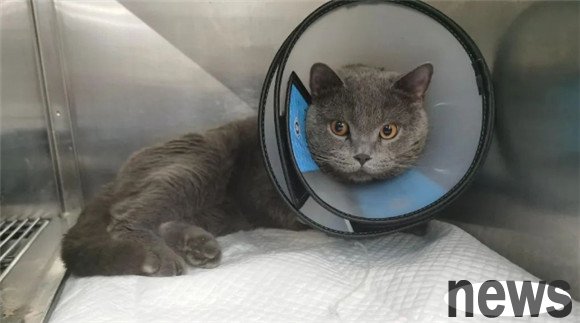
4. Related treatment situations and recovery photos
Cats have significantly improved their mental state after using Manchiken's CD urinary prescription jar. There are also potassium citrate and vitamin B6 in the prescription jar, which controls the balance of pH and reduces crystallization formation; high content of glutamine can regulate the formation of ammonia, produces ammonia-free urine, and reduces bladder stimulation; the proportion of calcium, magnesium, phosphorus and calcium to inhibit crystallization formation, cat's disease has been significantly improved, the color of urine has changed significantly, and the effect has improved.
5. How to prevent cats from urinary diseases
Don’t like to drink water, have strong kidney concentration ability, and long and narrow urethra. These reasons together lead to the high incidence of urinary diseases in the cat species.
1. During the feeding process, try not to choose cat food that contains too high calcium, magnesium and phosphorus. These substances are the components of stones in the cat's body.
2. It is best to choose wet food to make up for the problem of cats not liking to drink water in disguise. As long as the cat consumes enough water, it will not hold back urine. The urine produced will not easily allow those crystallized ingredients to reach saturated concentration and precipitate. Feed CD urinary prescription jars every two weeks to help strip and discharge fine stones and reduce the risk of urinary disease.
3. When choosing snacks, you should also pay attention to that dried fish and woodcuts are usually used as cat snacks, but what many people don’t know is that both snacks contain a lot of minerals and are not suitable for long-term feeding.
4. Keep the position and clean of the cat litter box. Cats are very sensitive to the location and excretion environment of the cat litter box. The environment around the cat litter box, the size, depth and smell of the cat litter will affect whether the cat is willing to excrete in the cat litter box..


